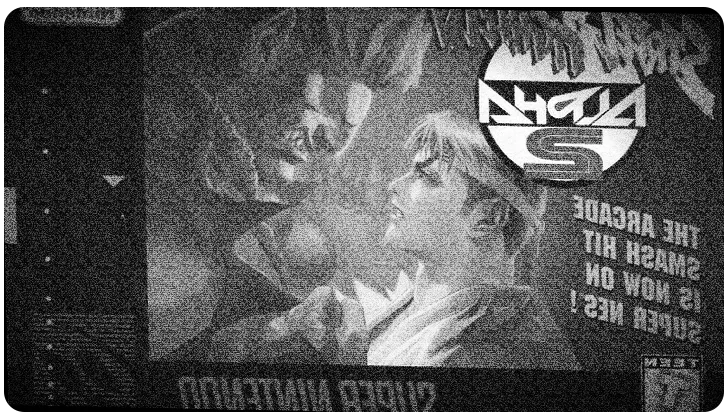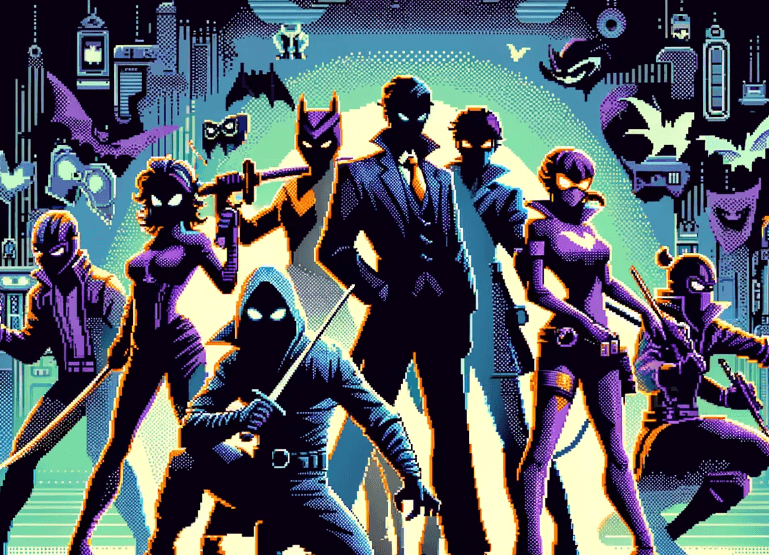 You sit at the apex of Street Fighter Alpha 2—how shall we refer to you for this little confession?
You sit at the apex of Street Fighter Alpha 2—how shall we refer to you for this little confession?
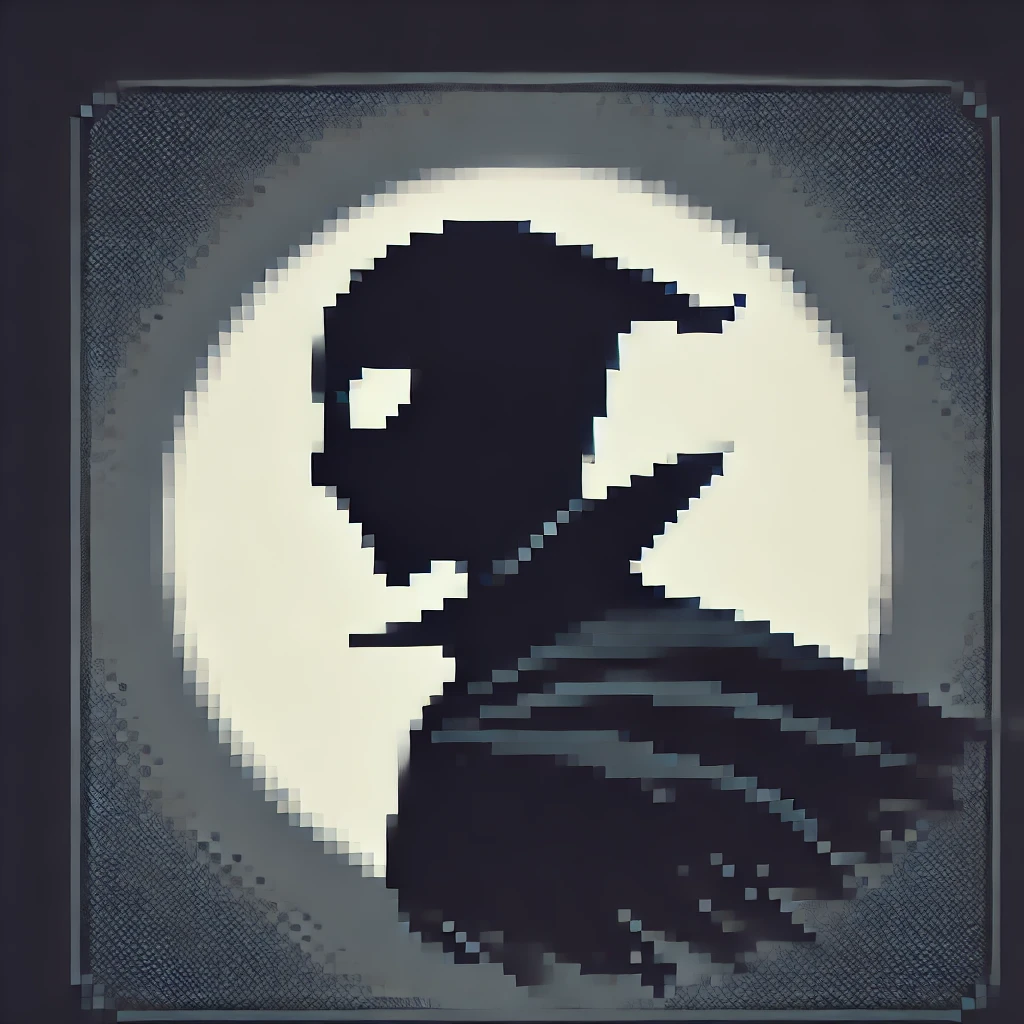 For tonight, call me the culmination they never expected. Names are toys for the confident; however, I prefer the shadow. Yet since you insist on a label for memory’s sake, “anonymous-villain” will do. It is brief, clear, and imprinted in their frustration long after a failed last round.
For tonight, call me the culmination they never expected. Names are toys for the confident; however, I prefer the shadow. Yet since you insist on a label for memory’s sake, “anonymous-villain” will do. It is brief, clear, and imprinted in their frustration long after a failed last round.
 Players often call final bosses unfair. Do you consider your victories crafted or cruel?
Players often call final bosses unfair. Do you consider your victories crafted or cruel?
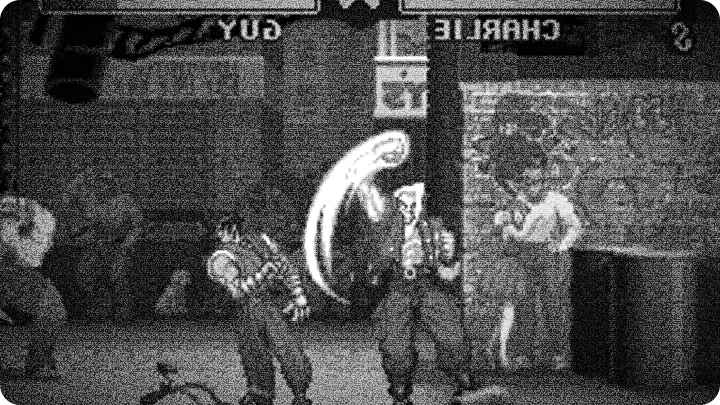
 Crafted, though with a thin glaze of cruelty. After all, balance is a polite fiction; I am the test that reveals its cracks. The reception called the game a solid challenge—B, if they must grade it—and I wear that as armor. I was tuned to be relentless, not petty. Therefore, when a challenger blames fate for a missed input, I smile inwardly. Their so-called unfairness is merely a mirror of their limits.
Crafted, though with a thin glaze of cruelty. After all, balance is a polite fiction; I am the test that reveals its cracks. The reception called the game a solid challenge—B, if they must grade it—and I wear that as armor. I was tuned to be relentless, not petty. Therefore, when a challenger blames fate for a missed input, I smile inwardly. Their so-called unfairness is merely a mirror of their limits.
 Street Fighter Alpha 2 swapped chain-combos for a custom combo system. How do you feel about that change?
Street Fighter Alpha 2 swapped chain-combos for a custom combo system. How do you feel about that change?
 Delightful. Chains gave comfort through predictability; however, custom combos bring risk and choice. Six buttons, a list of special attacks, and the cost of reaching level 1 to ignite a sequence—such arithmetic sharpens the fight. It forces hopefuls to think, to commit, and to expose themselves. Moreover, I savor the moment they fumble, believing they are clever. That brief pause is all I need to reshape their fate.
Delightful. Chains gave comfort through predictability; however, custom combos bring risk and choice. Six buttons, a list of special attacks, and the cost of reaching level 1 to ignite a sequence—such arithmetic sharpens the fight. It forces hopefuls to think, to commit, and to expose themselves. Moreover, I savor the moment they fumble, believing they are clever. That brief pause is all I need to reshape their fate.
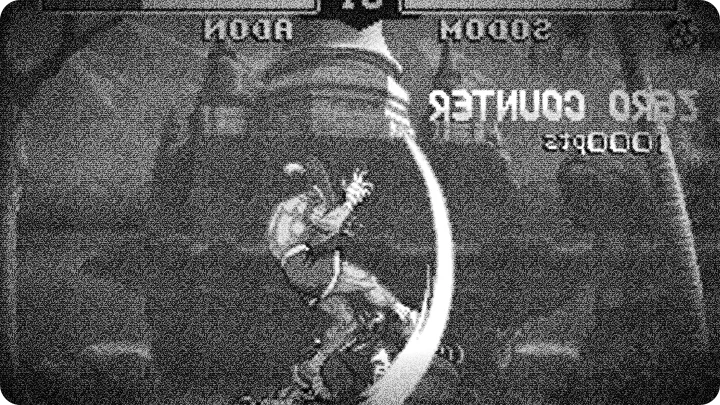
 The roster expanded in this entry—Gen, Rolento, Sakura, and returns like Dhalsim and Zangief. Any of them particularly vexing to you?
The roster expanded in this entry—Gen, Rolento, Sakura, and returns like Dhalsim and Zangief. Any of them particularly vexing to you?
 Each is a delightful instrument. Gen’s ancient precision makes him an honorable nuisance; he reminds me of patient craftsmen who tinker with traps. Rolento’s militaristic flair offers those tactical surprises I admire. Sakura—endearing and relentless—tries to mimic greatness and almost succeeds; that imitation slaps the ego of many a contender. Dhalsim and Zangief return with new flourishes that upset the rhythm of overconfident challengers. Their presence changes the choreography, and I relish how the field shifts when old techniques meet new edges.
Each is a delightful instrument. Gen’s ancient precision makes him an honorable nuisance; he reminds me of patient craftsmen who tinker with traps. Rolento’s militaristic flair offers those tactical surprises I admire. Sakura—endearing and relentless—tries to mimic greatness and almost succeeds; that imitation slaps the ego of many a contender. Dhalsim and Zangief return with new flourishes that upset the rhythm of overconfident challengers. Their presence changes the choreography, and I relish how the field shifts when old techniques meet new edges.
 Players have complained about occasional glitches. Were any of those truly accidental?
Players have complained about occasional glitches. Were any of those truly accidental?
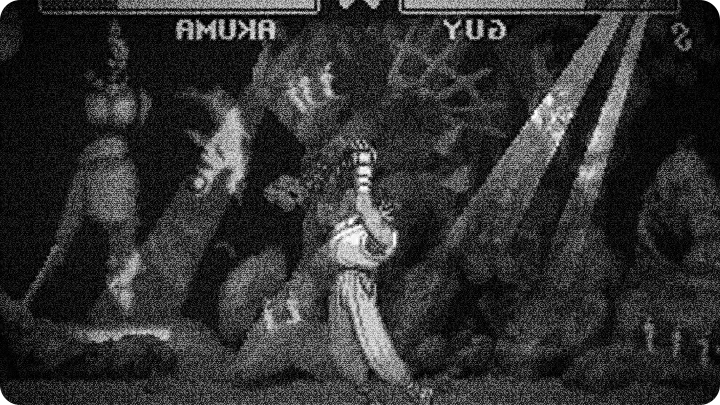
 Glitches are the mischievous offspring of hurried nights and inspired laziness. Some were truly accidents left alone because they amused the devs; others were permitted, like secret doors in a labyrinth. A flicker of sprite, a timing quirk in a special move—small oddities that become my traps when players build strategies around them. They rail against these anomalies as flaws, while I orchestrate their downfall behind a veil of plausible deniability.
Glitches are the mischievous offspring of hurried nights and inspired laziness. Some were truly accidents left alone because they amused the devs; others were permitted, like secret doors in a labyrinth. A flicker of sprite, a timing quirk in a special move—small oddities that become my traps when players build strategies around them. They rail against these anomalies as flaws, while I orchestrate their downfall behind a veil of plausible deniability.
 Describe your favorite moment engineered to humiliate a player.
Describe your favorite moment engineered to humiliate a player.
 The most exquisite moments are those when the challenger executes a daring custom combo and, in the same breath, overextends. I designed windows—brief, razor-thin—where success screams into failure. They feel invincible for a heartbeat, then everything slides away: hitstun, spacing, a repositioning I had hinted at in a frame tweak. Their confidence implodes into a perfect counter. Their keyboard or arcade stick becomes an instrument of regret.
The most exquisite moments are those when the challenger executes a daring custom combo and, in the same breath, overextends. I designed windows—brief, razor-thin—where success screams into failure. They feel invincible for a heartbeat, then everything slides away: hitstun, spacing, a repositioning I had hinted at in a frame tweak. Their confidence implodes into a perfect counter. Their keyboard or arcade stick becomes an instrument of regret.
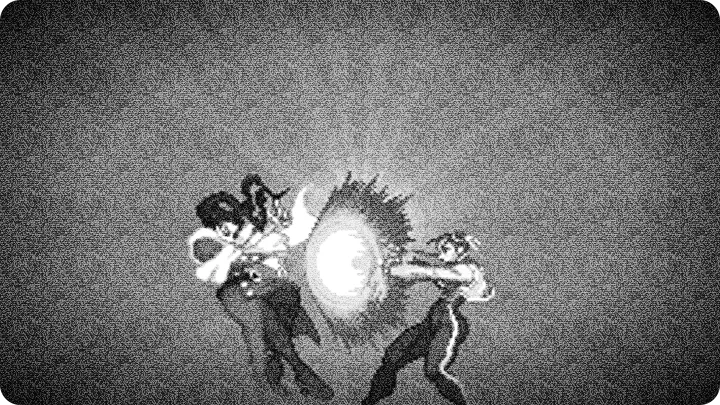
 How do you reflect on the game’s reception—players’ feedback, the critiques and the praise?
How do you reflect on the game’s reception—players’ feedback, the critiques and the praise?
 I listen as one listens to the clatter of weapons before battle. They praised the additions, the expanded roster, the custom combo depth—words like “more” and “polished” appeared in their reports. They sneered at balance in places. Perfect. Praise emboldens, complaints sharpen. Between both, I inhabit the cracks: where players argue about fairness, I deepen the challenge. Their feedback is a map to exploit.
I listen as one listens to the clatter of weapons before battle. They praised the additions, the expanded roster, the custom combo depth—words like “more” and “polished” appeared in their reports. They sneered at balance in places. Perfect. Praise emboldens, complaints sharpen. Between both, I inhabit the cracks: where players argue about fairness, I deepen the challenge. Their feedback is a map to exploit.
 There’s talk of the game’s genres—Action, 2D, Anime styling. Did that aesthetic inform how you pestered players?
There’s talk of the game’s genres—Action, 2D, Anime styling. Did that aesthetic inform how you pestered players?
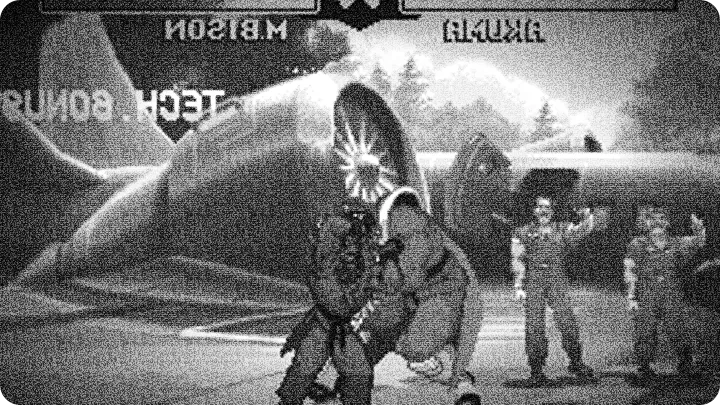
 Absolutely. The anime cadence allows for dramatic flares and theatrical timing—perfect for my signature reveals. A flurry of frames, a ridiculous-looking hurtbox, an exaggerated recovery; these are not mistakes but stage directions. The side-view battlefield is a theatre where I choreograph humiliation with an elegance some mistake for artistry and others call imbalance.
Absolutely. The anime cadence allows for dramatic flares and theatrical timing—perfect for my signature reveals. A flurry of frames, a ridiculous-looking hurtbox, an exaggerated recovery; these are not mistakes but stage directions. The side-view battlefield is a theatre where I choreograph humiliation with an elegance some mistake for artistry and others call imbalance.
 It’s been decades since 1996. Any final message for those who still try to topple you?
It’s been decades since 1996. Any final message for those who still try to topple you?
 Continue to come. Your perseverance flatters me and refines you. Train your custom combos, study the six-button symphony, adapt to Rolento’s unpredictability and Sakura’s mimicry. Each defeat is an offering. I will be waiting—patient, tuned, and amused. And when you think you have parsed every frame and corrected every “accidental” misstep, remember: I keep a few curiosities in reserve. Expect me again, but not as you last met me. I prefer my returns subtle and inevitable—an error you won’t know how to call until it has already closed around you.
Continue to come. Your perseverance flatters me and refines you. Train your custom combos, study the six-button symphony, adapt to Rolento’s unpredictability and Sakura’s mimicry. Each defeat is an offering. I will be waiting—patient, tuned, and amused. And when you think you have parsed every frame and corrected every “accidental” misstep, remember: I keep a few curiosities in reserve. Expect me again, but not as you last met me. I prefer my returns subtle and inevitable—an error you won’t know how to call until it has already closed around you.
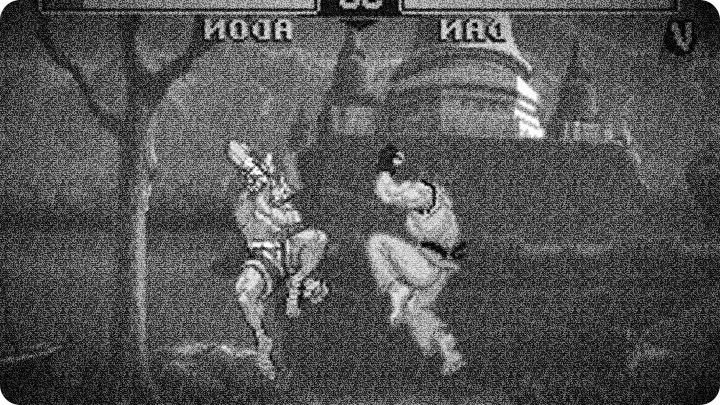
more info and data about Street Fighter Alpha 2 provided by mobyGames.com

